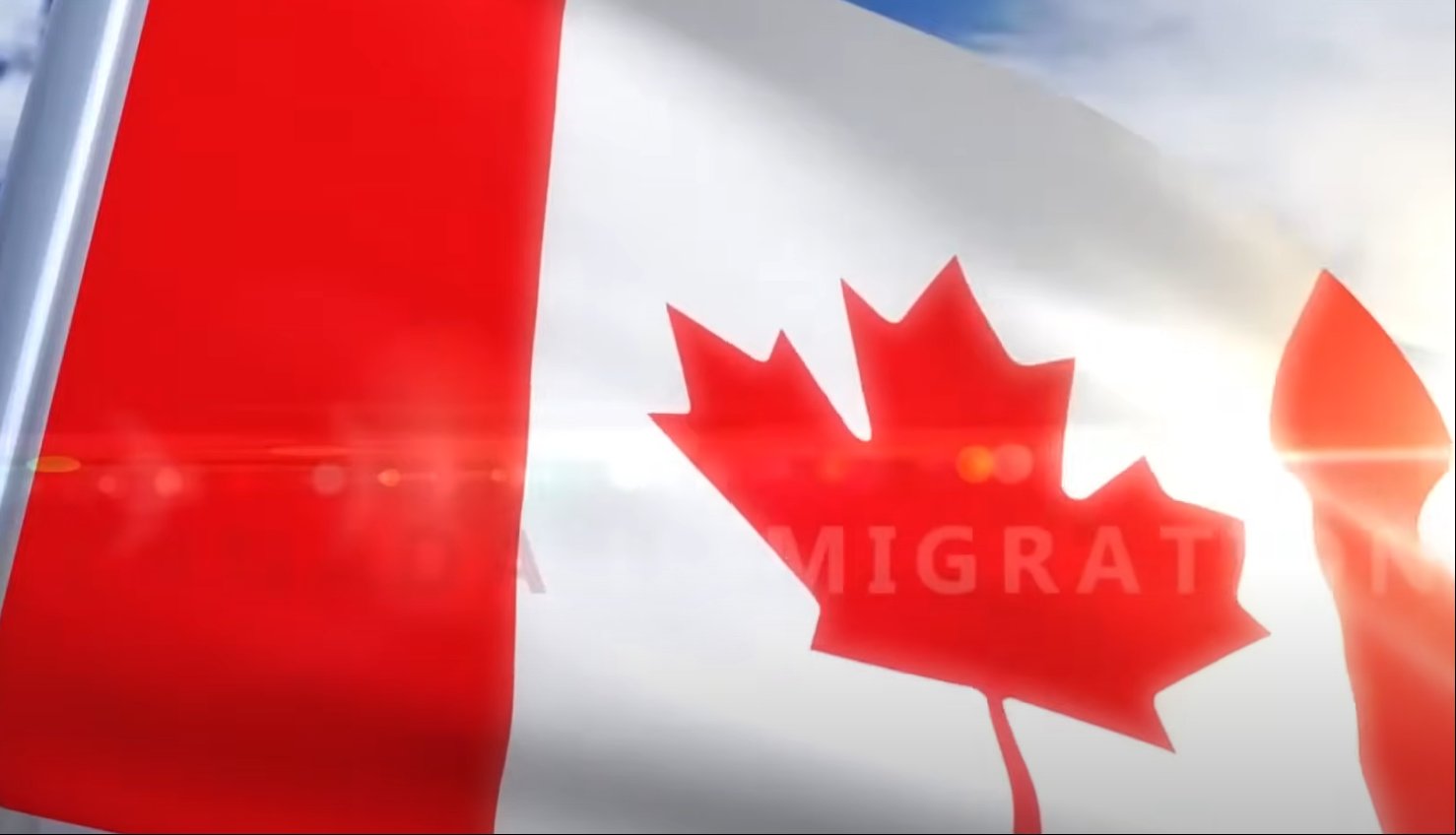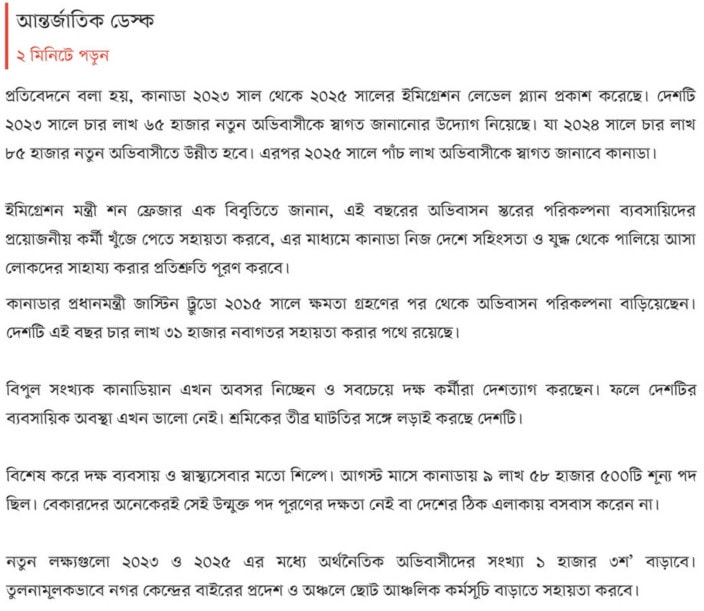
Want to get a work permit for Canada in 2024? Canada is a great place with a strong economy and a friendly vibe, perfect for people who want to work in another country. Getting a work permit in Canada this year is straightforward to do. This helps people from around the world bring their skills and abilities to Canada’s job market. This article will show you the main steps you need to take to get a Canadian work permit in 2024.

1. Eligibility Check
- Programs to Consider:
- Temporary Foreign Worker Program (TFWP): For jobs where Canadian workers aren’t available.
- International Mobility Program (IMP): No LMIA is needed, often for specific situations like intra-company transfers.
- Working Holiday Visa: For young people from certain countries, allowing work while traveling in Canada.
- Post-Graduation Work Permit (PGWP): For those who’ve studied in Canada and want to work post-graduation.
2. Securing a Job Offer
- Job Search: Look for jobs that fit your skills. Use Canadian job portals, networking, and industry-specific websites.
- Application Process: Tailor your resume to Canadian standards. Prepare for interviews, which might be conducted online.
- Job Offer Letter: A formal job offer is crucial. It should detail your role, salary, and employment conditions.
3. Labor Market Impact Assessment (LMIA)
- Employer’s Role: Your employer might need to get an LMIA, showing that no Canadian worker is available for the job.
- Application for LMIA: The employer applies to Employment and Social Development Canada (ESDC) with proof of efforts to recruit locally.
4. Completing the Work Permit Application
- Documentation: Gather documents like your passport, job offer letter, LMIA (if applicable), educational certificates, and language test results.
- Online or Paper Application: Choose based on your situation. Online is generally faster.
- Accuracy and Completeness: Ensure all information is accurate to avoid delays or rejections.
5. Biometrics and Medical Examination
- Biometrics Appointment: You’ll likely need to visit a Visa Application Centre for fingerprints and a photograph.
- Medical Exam: Some applicants must undergo a medical exam by an approved doctor.
6. Payment of Fees and Processing
- Fees: Pay the required fees for processing the work permit application.
- Processing Time: Varies based on the type of permit and applicant’s country. Check regularly for updates.
7. Traveling to Canada
- Port of Entry (POE) Letter of Introduction: If approved, you’ll receive this letter.
- Arrival in Canada: Present your POE letter to the Canada Border Services Agency (CBSA). They’ll issue your work permit.
Additional Tips:
- Stay Informed: Immigration policies can change. Keep up-to-date with the latest information.
- Language Proficiency: Improving your English or French can enhance your job prospects.
- Cultural Preparedness: Understanding Canadian workplace culture and norms is beneficial.
Conclusion
Getting a Canadian work permit involves a series of well-defined steps. From determining your eligibility to landing in Canada and starting your job, each phase requires careful preparation and attention to detail. With the right approach, you can navigate this process successfully and embark on an exciting professional journey in Canada.






